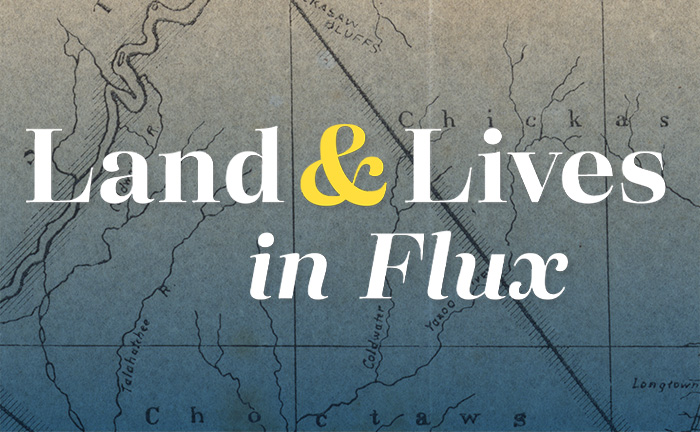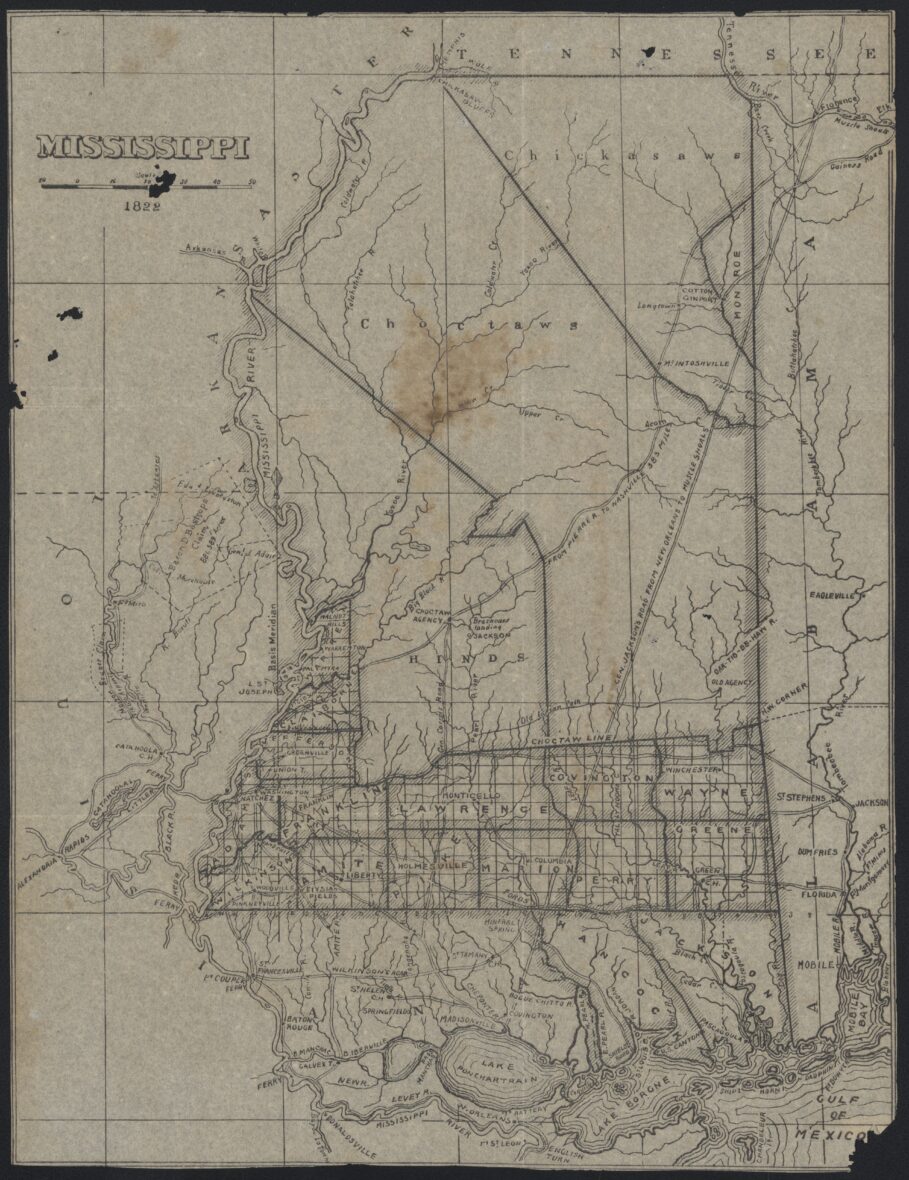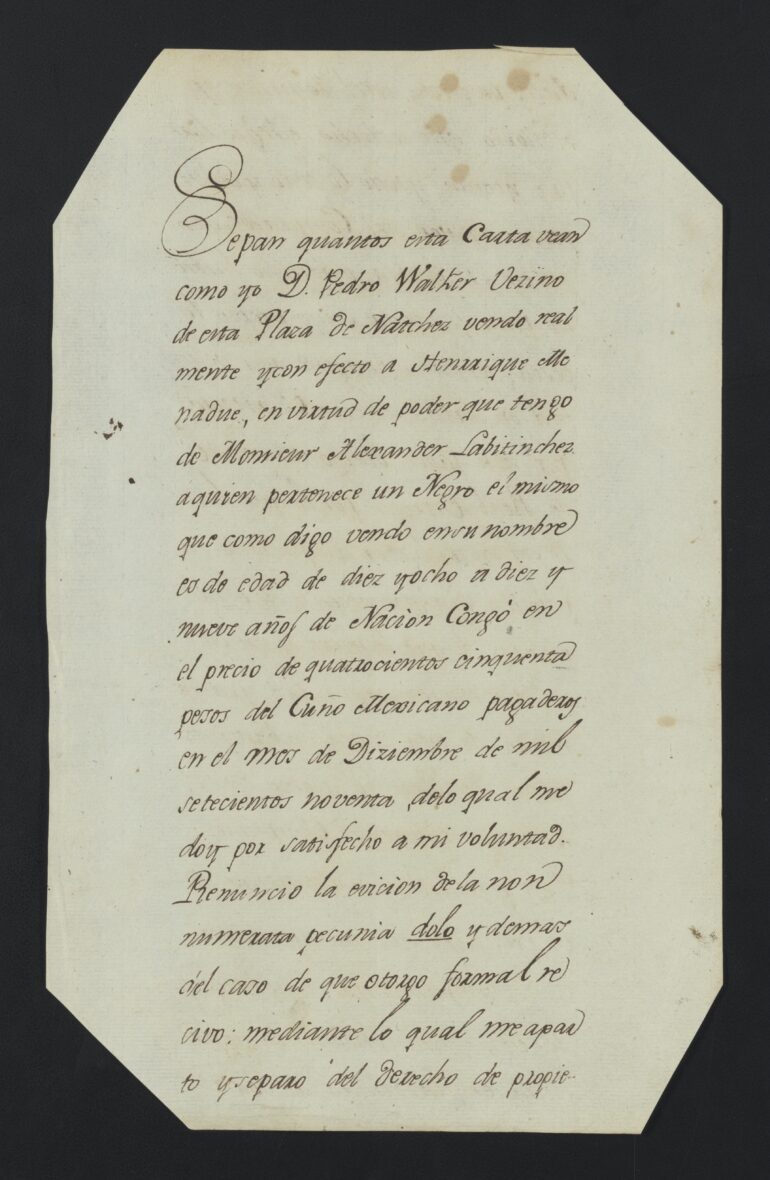
October 5, 2024–January 31, 2025
Briscoe Center for American History, Austin, Texas
Weatherby Gallery, Sid Richardson Hall Unit 2
Thomas Jefferson doubled the size of the United States with the Louisiana Purchase. And ushered in a new era for America as the country expanded into one of the most vibrant, and complicated, areas on the continent.

Native Americans, French and Spanish colonists, enslaved people, and citizens of the young country lived on the frontier of a rapidly growing nation. The Briscoe Center’s Natchez Trace Collection illuminates complex societies, scientific discoveries, daily lives, and deep conflicts. With the new exhibit “Land and Lives in Flux” the Center has new additions to shed even more light on that history.
These new documents reveal waves of colonization in present-day Louisiana and Mississippi, the paths of migrants, the brutality of chattel slavery, and the displacement of Native Americans. Explorers, scientists, and slaveholders—sometimes all one and the same person—are represented here. Documents include a decree from Louis XVI, the King of France, treaties between the Choctaw Nation and the United States, bills of sale for enslaved people, plots from Aaron Burr’s attempted coup, and more.
These papers also create an important context for the legacy of racism in the United States. They document all aspects of slavery in America, from legal records on the slave trade and eyewitness accounts of slave auctions, to “runaway slave” notices, letters describing organized uprisings, and histories of enslaved people who escaped or gained freedom through the legal system.
Land and Lives in Flux: New Discoveries in the Natchez Trace Collections is now open at the Briscoe Center and will run through the end of January.



